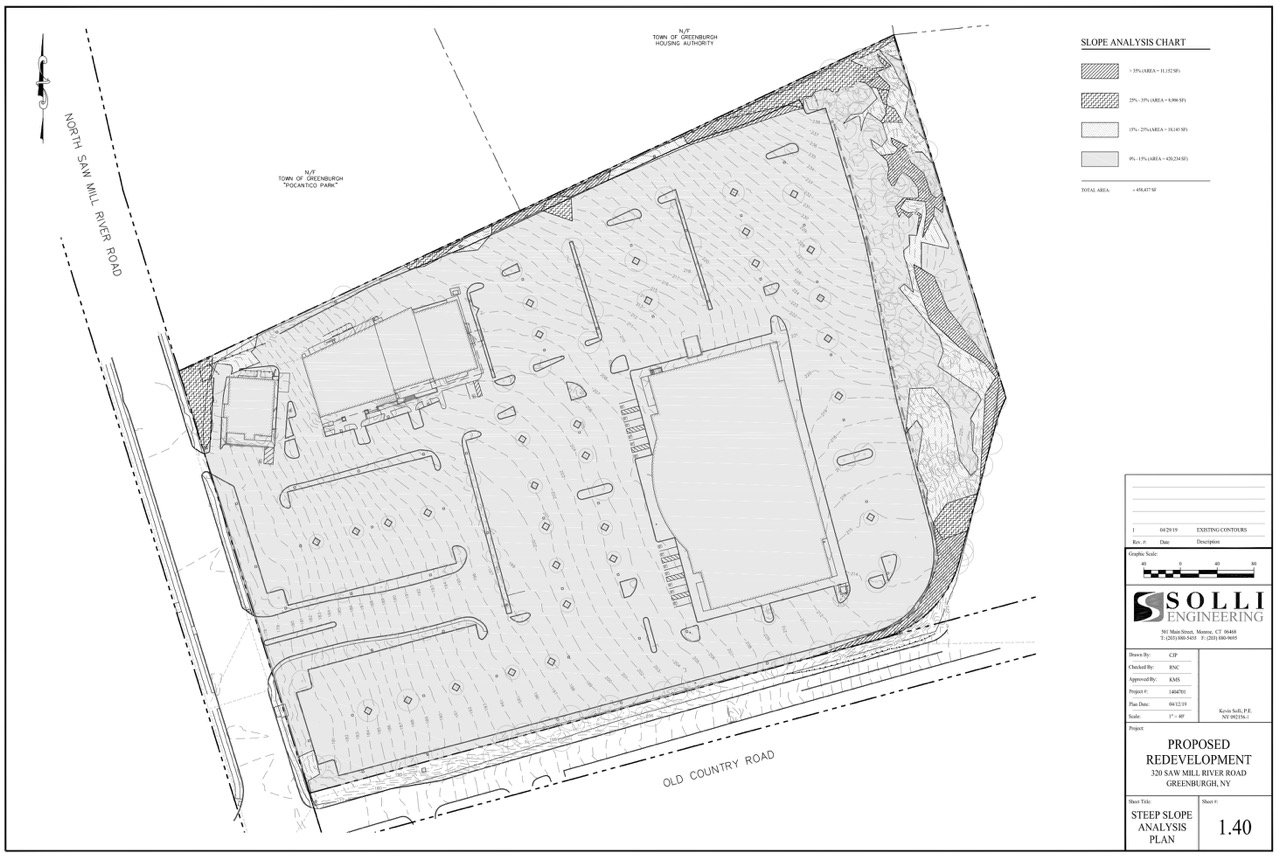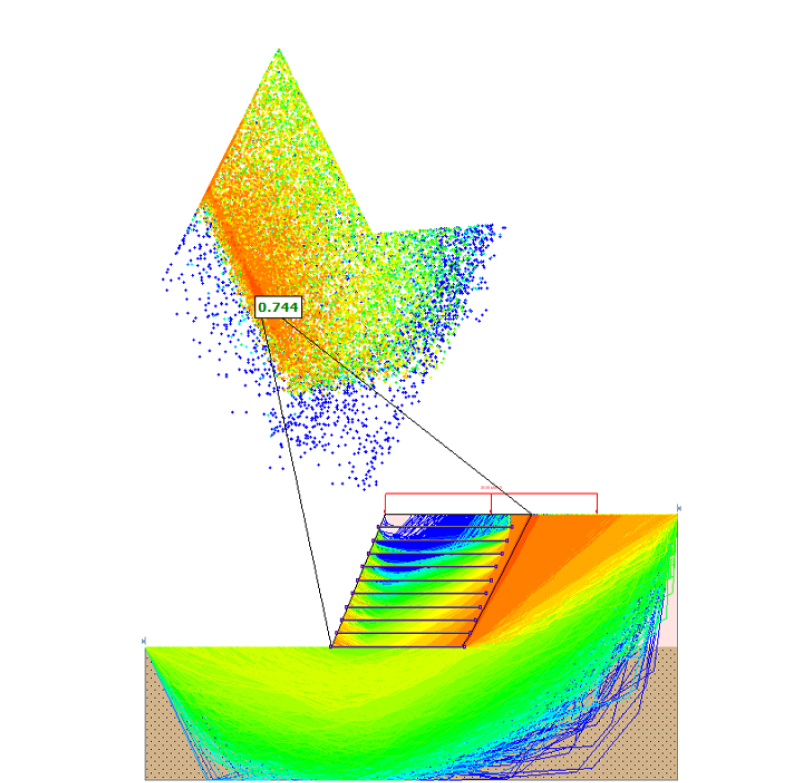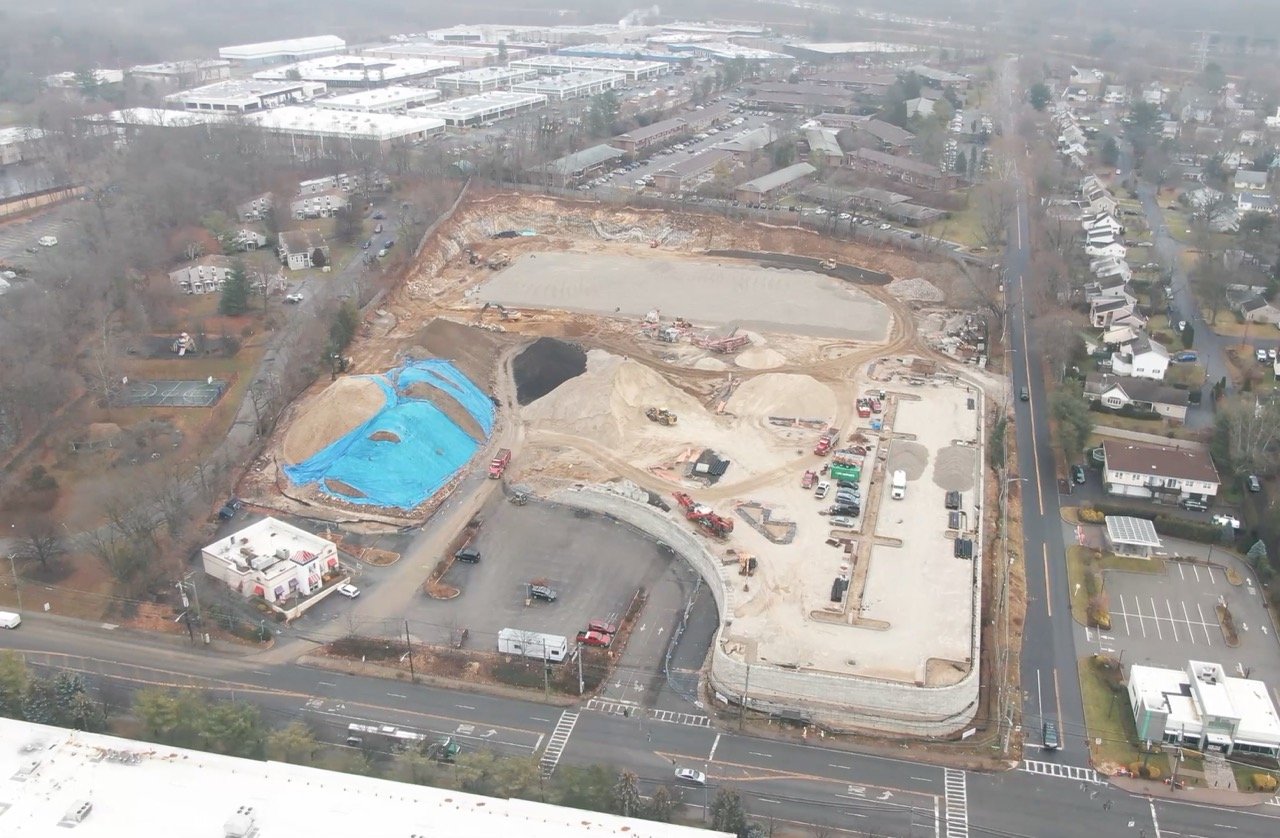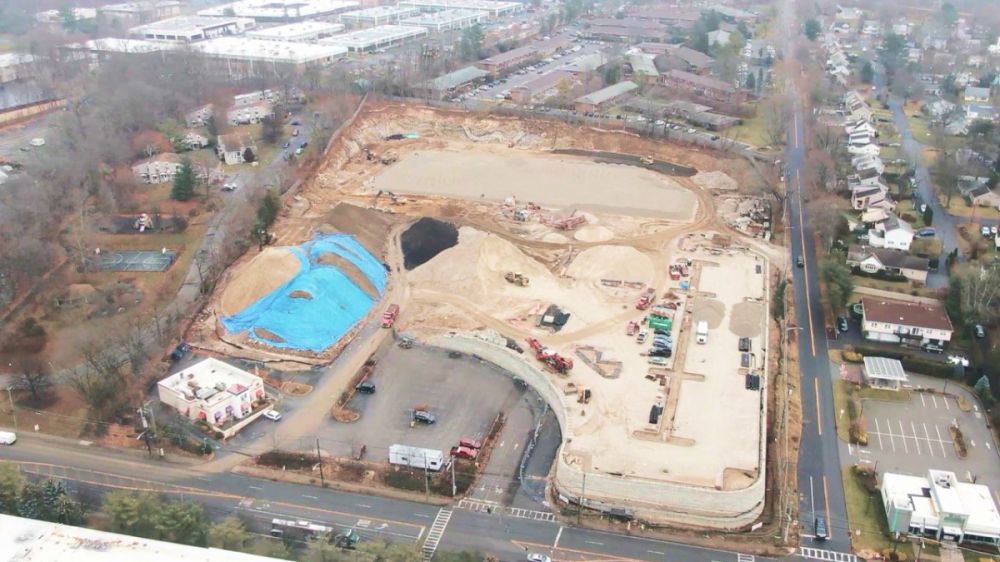The Science Behind Slope Stability Analysis
January 9th, 2025
Slope stability is a critical consideration in civil and geotechnical engineering, particularly in regions like the Northeast, where natural hillsides, man-made embankments, and varied geological conditions create complex challenges. Unstable slopes can lead to landslides, soil erosion, and structural failure, posing risks to infrastructure, property, and public safety.
Geotechnical engineers play a vital role in assessing slope stability, determining the forces at play, and designing interventions to mitigate risks. At Solli Engineering, our expertise in slope stability analysis combines advanced testing, modeling, and innovative solutions to ensure that every project stands on firm ground—literally and figuratively.

Above: Typical Site Slope Analysis Drawing by Solli Engineering.
Understanding Slope Stability
At its core, slope stability refers to the balance between driving forces that push soil or rock downhill and resisting forces that hold them in place. When the driving forces exceed the resisting forces, instability occurs.
This imbalance may result from natural factors such as heavy rainfall, earthquakes, and weathering, or human activities like excavation and construction.
Key elements in slope stability include:
-
Shear Strength of the Soil: The capacity of soil to resist sliding.
-
Slope Geometry: The steepness and height of the slope.
-
Water Content: Increased pore water pressure reduces soil’s shear strength, leading to potential failure.
-
External Loads: Added weight from structures or fill material increases the driving forces.
Analyzing slope stability involves understanding these factors in depth and how they interact within the geological context of the site.
Steps in Slope Stability Analysis
1. Site Investigation
The first step in assessing slope stability is a thorough site investigation. Engineers collect data through methods like:
-
Visual Surveys: Observing cracks, tilting trees, or surface movements that signal instability.
-
Subsurface Testing: Conducting boreholes, soil sampling, and standard penetration tests to identify soil composition and strength.
-
Hydrological Assessments: Evaluating groundwater conditions and water flow paths to determine their impact on slope stability.
A well-documented site investigation provides the foundation for accurate analysis and effective remediation strategies.
2. Stability Modeling
Using the data gathered, engineers create stability models to evaluate potential failure mechanisms. Analytical and numerical models simulate the forces acting on the slope and estimate the factor of safety (FoS), which measures the slope’s resistance to failure. An FoS greater than 1 indicates stability, while values below 1 signal the need for intervention.
Modern tools like finite element analysis (FEA) allow engineers to model complex interactions between soil layers, groundwater, and external forces. These models enable precise predictions of slope behavior under various conditions, from heavy rainfall to seismic events.
3. Identifying Failure Modes
Slope failures occur in various forms, including:
-
Rotational Failure: Occurs in homogeneous soils where the slope material rotates around a single point.
-
Translational Failure: Involves sliding along a distinct weak plane, such as a bedrock-soil interface.
-
Toppling or Rockfall: Common in rocky slopes where blocks of material detach and fall.
-
Flow Slides: Involve liquefied soil moving rapidly downslope, often triggered by water saturation.
Understanding the failure mode is crucial for designing appropriate remediation measures.

Above: Screenshot of Slide2 by Rocscience showing Slope Analysis Diagram. Image from Rocscience.
Slope Remediation Techniques
When a slope is deemed unstable, engineers develop tailored solutions to stabilize it. These interventions fall into two broad categories: reinforcing the slope and modifying conditions to reduce driving forces.
Reinforcing the Slope
-
Retaining Structures: Retaining walls, soil nails, and geogrids provide mechanical support to stabilize the slope.
-
Ground Anchors: Anchors drilled into the stable underlying material hold the slope in place by transferring loads.
-
Vegetative Stabilization: Deep-rooted plants improve slope stability by reinforcing soil with their root systems and reducing erosion.

Above: Drone view of retaining wall designed by Solli Engineering in Elmsford, NY
Reducing Driving Forces
-
Drainage Improvements: Installing subsurface drains or interceptor ditches reduces pore water pressure and prevents saturation-induced failure.
-
Grading Adjustments: Reconfiguring slope geometry by flattening or terracing reduces the driving forces acting on the slope.
-
Material Replacement: Replacing weak or loose soil with stronger, more stable material improves overall stability.
These measures are often combined to create a comprehensive remediation plan.
Why Slope Stability Analysis Matters
Slope stability analysis is more than a technical exercise—it is a safeguard against potentially catastrophic failures. By applying rigorous geotechnical testing, advanced modeling, and innovative solutions, engineers can ensure the safety, longevity, and sustainability of projects in challenging terrains.
For developers, early and thorough slope analysis prevents costly delays, redesigns, and liability risks. For communities, it protects lives, infrastructure, and environmental assets from avoidable disasters.
Solli Engineering: Your Partner in Slope Stability
At Solli Engineering, we specialize in identifying and solving complex slope stability challenges. Our team combines deep regional expertise with state-of-the-art tools to deliver tailored solutions for projects across the Northeast. From assessing hillside developments to stabilizing critical infrastructure, we provide the insights and interventions your project needs to succeed.
Contact us today to learn more about our geotechnical services and how we can help your next project stand strong, even in the face of steep challenges.









